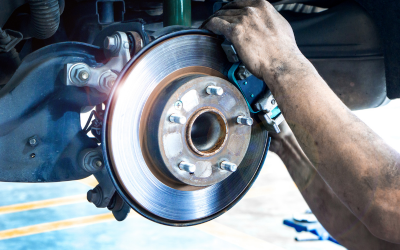


When it comes to your vehicle's performance and safety, wheel hub bearings play an essential role that often goes unnoticed. Despite being small components, they are crucial for ensuring your wheels rotate smoothly and your vehicle stays stable on the road. Whether you’re a DIY enthusiast or just someone interested in learning more about your car, understanding wheel hub bearings is key. In this post, we’ll cover everything you need to know about wheel hub bearings, from their function to signs of wear and tear.
Wheel hub bearings are integral components of your vehicle’s wheel assembly. They are designed to reduce friction between the wheel and the axle, allowing for smooth and efficient wheel rotation. Typically, they consist of a set of steel balls or rollers housed in a metal ring called a race. These bearings support the vehicle's weight and absorb the forces from driving conditions like acceleration, braking, and cornering.
The primary function of wheel hub bearings is to enable the wheels to spin with minimal friction while supporting the vehicle’s load. Here’s a closer look at what they do:
Like all mechanical parts, wheel hub bearings can wear out over time. Identifying the signs of a failing bearing early can prevent further damage to your vehicle. Here are some common symptoms to watch out for:
Proper maintenance can help extend the life of your wheel hub bearings, ensuring your vehicle remains safe and reliable. Here are some tips to keep them in good condition:
Wheel hub bearings might be small, but their importance in vehicle safety and performance cannot be overstated. Regular maintenance and timely replacement of worn bearings can ensure that your car runs smoothly and safely. Whether you’re performing a DIY inspection or consulting with a mechanic, understanding the basics of wheel hub bearings will help you make informed decisions and keep your vehicle in top condition.

